Introduction to Databases
In today’s digital age, data has become a valuable asset for businesses of all sizes. The ability to store, manage, and analyze large amounts of data efficiently is crucial for staying competitive in the market. This is where databases come into play. A database is a structured collection of information that is organized, stored, and accessed electronically. It provides a centralized repository for storing and retrieving data, enabling businesses to make informed decisions based on data-driven insights.
Importance of Databases in the Digital Age

Databases play a critical role in the digital age by enabling organizations to store, manage, and retrieve vast amounts of data efficiently. With the increasing volume, velocity, and variety of data generated every day, businesses need robust database systems to handle the data deluge. Databases allow for easy data integration, ensuring that information from various sources can be combined and analyzed for valuable insights. Moreover, databases ensure data consistency and accuracy by providing mechanisms for data validation and integrity checks. In a world where data is the new currency, databases are the foundation on which businesses can build their success.
What Makes a Database Popular?
With numerous databases available in the market, what sets some apart as the most popular choices? Several factors contribute to the popularity of a database. Firstly, performance plays a vital role. A popular database should be capable of handling large volumes of data and executing queries efficiently. Scalability is another crucial aspect, as businesses need databases that can grow with their data requirements. Additionally, ease of use, reliability, and robustness are factors that make a database popular. Lastly, community support and a thriving ecosystem of tools and resources contribute to the popularity of a database.
Top 15 Most Popular Databases Worldwide
When it comes to the most popular databases worldwide, a few names consistently appear at the top. In no particular order, let’s explore the top 15 most popular databases:
1. MySQL:

An open-source relational database management system known for its speed and ease of use.
2. Oracle Database:

A robust and scalable database solution widely used in enterprise environments.
3. Microsoft SQL Server:
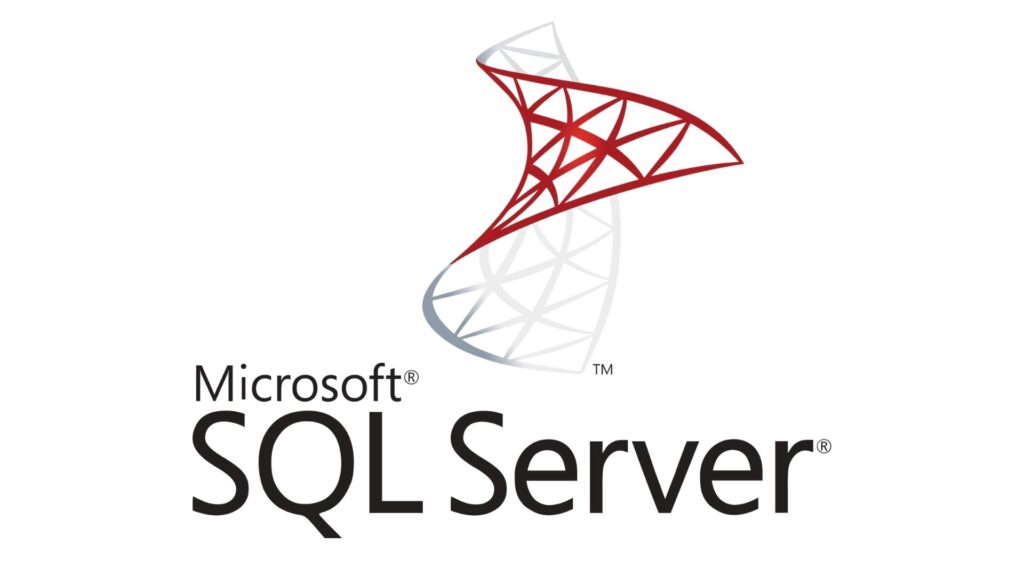
A comprehensive database management system developed by Microsoft.
4. MongoDB:
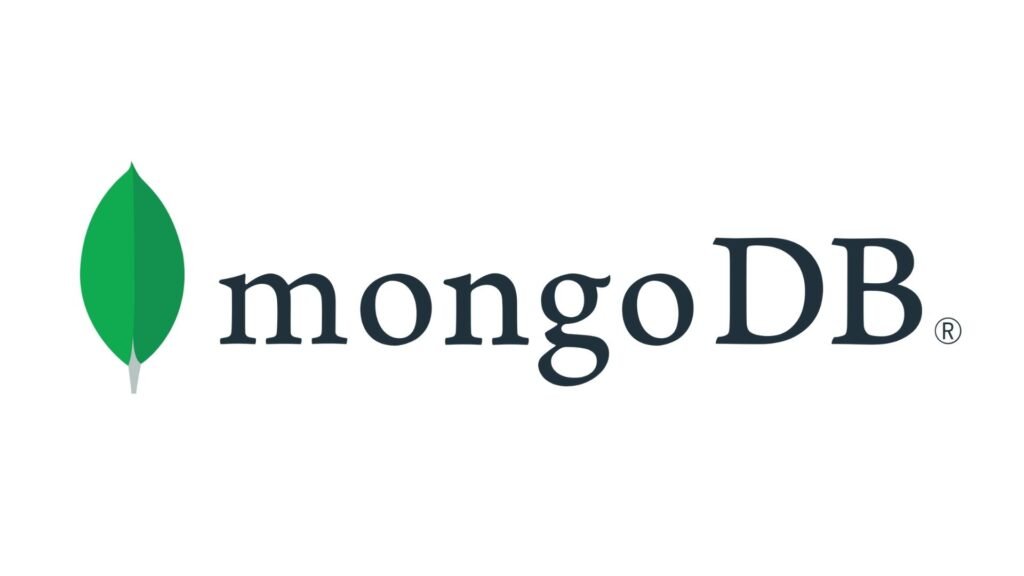
A NoSQL database known for its flexibility and scalability, ideal for handling unstructured data.
5. PostgreSQL:
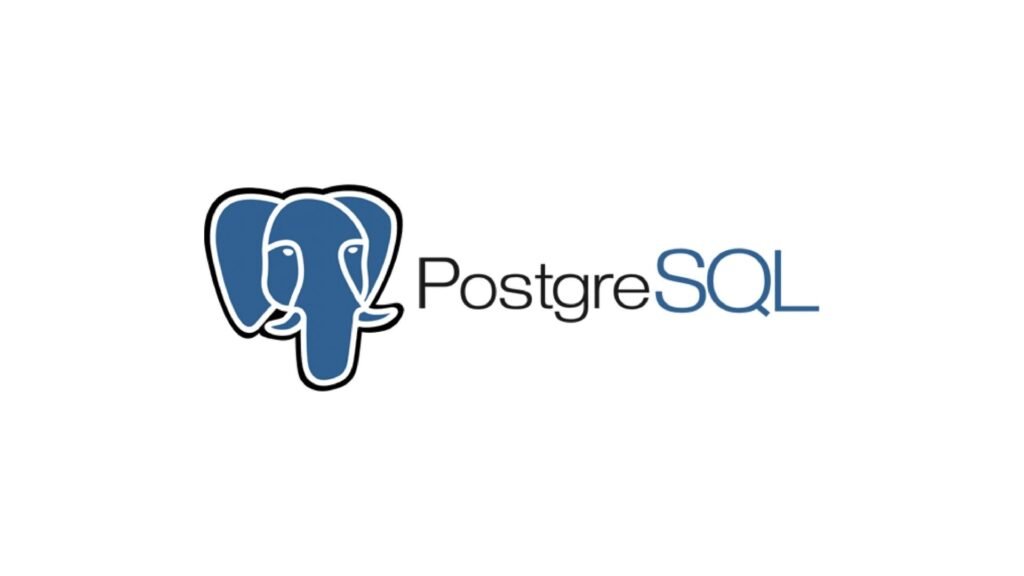
An open-source relational database system known for its robustness and extensibility.
6. SQLite:

A lightweight, file-based database engine widely used in embedded systems and mobile applications
7. Firebase:
A real-time, cloud-hosted NoSQL database platform that simplifies mobile and web app development.
8. Cassandra:

A highly scalable and distributed NoSQL database designed to handle large amounts of data across multiple commodity servers.
9. Redis:
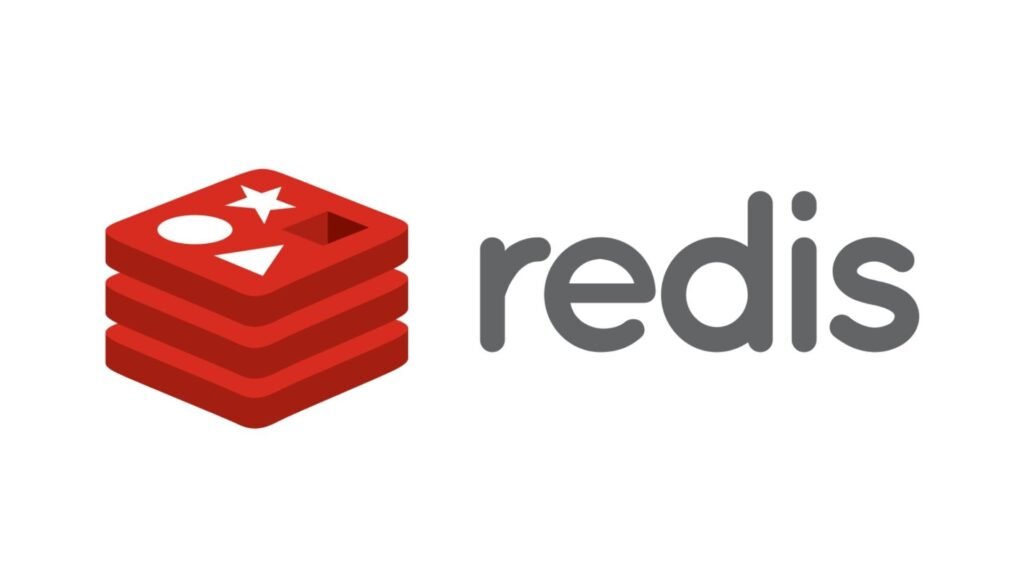
An in-memory data structure store known for its fast performance and versatility.
10. Elasticsearch:

A distributed, full-text search and analytics engine used for real-time data exploration.
11. MariaDB:

A community-developed, open-source fork of MySQL, designed for high performance and reliability.
12. Amazon DynamoDB:

A fully managed NoSQL database service provided by Amazon Web Services (AWS).
13. Apache HBase:

A distributed, column-oriented database that runs on top of the Hadoop Distributed File System (HDFS).
Read More : The Rise of Google Bard: Empowering Users with Enhanced Search Capabilities
14. Neo4j:
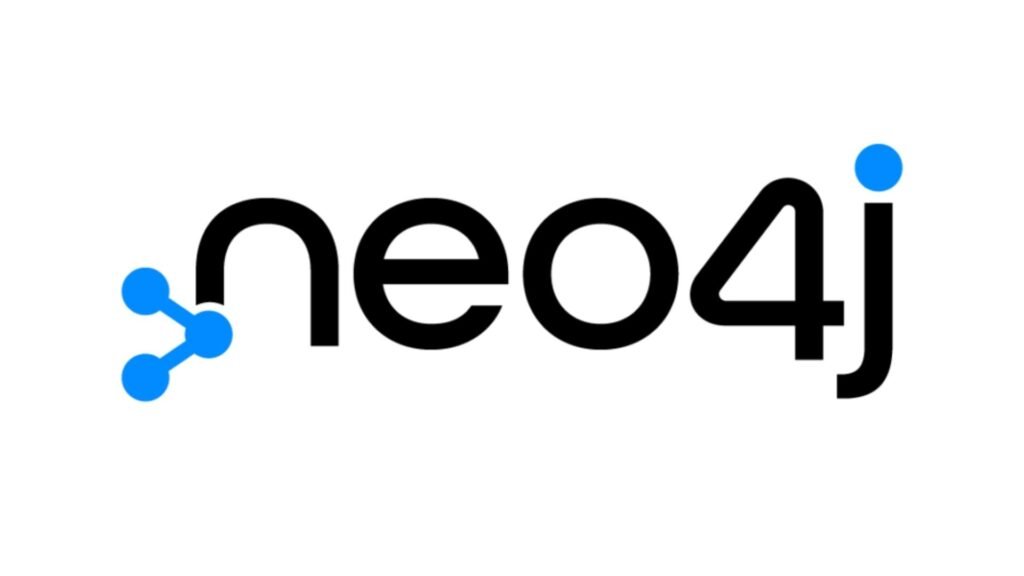
A graph database designed to store, manage, and query highly connected data.
15. Couchbase:

A NoSQL database that combines the best of both document and key-value store models, providing flexibility and scalability.
Database Comparisons – Features, Performance, and Scalability
Each database has its own set of features, performance characteristics, and scalability options. Let’s compare a few popular databases to understand their strengths and weaknesses:
- MySQL vs. PostgreSQL: Both are open-source relational databases, but MySQL is known for its speed, while PostgreSQL offers advanced features, extensibility, and support for complex queries.
- Oracle Database vs. Microsoft SQL Server: Both are enterprise-level databases, but Oracle Database excels in scalability and performance, while SQL Server integrates seamlessly with other Microsoft products.
- MongoDB vs. Cassandra: MongoDB is suitable for flexible data models and real-time analytics, whereas Cassandra is designed for massive scalability and fault tolerance.
It’s important to evaluate database options based on your specific needs, considering factors such as data structure, volume, performance requirements, and future scalability.
Case Studies of Successful Companies Using Popular Databases
Many successful companies rely on popular databases to power their operations and derive valuable insights from their data. Let’s explore a few case studies:
- Airbnb: Airbnb uses MySQL to handle its vast amount of user data, ensuring a seamless booking experience for millions of users worldwide.
- Netflix: Netflix relies on Apache Cassandra to manage its massive dataset and deliver personalized recommendations to its millions of subscribers.
- Spotify: Spotify utilizes Google Bigtable, a distributed database, to handle its extensive music library and provide real-time music streaming to millions of users.
These case studies highlight how popular databases can scale to handle the demands of large-scale applications and deliver exceptional user experiences.
Choosing the Right Database for Your Business Needs
Selecting the right database for your business needs is a critical decision. Consider the following factors when choosing a database:
1. Data requirements: Analyze the nature of your data, its volume, structure, and anticipated growth
2. Performance and scalability: Assess the database’s performance capabilities, scalability options, and ability to handle increasing data volumes.
3. Cost: Evaluate the total cost of ownership, including licensing fees, infrastructure requirements, and ongoing maintenance cost
4. Ecosystem and community support: Consider the availability of tools, libraries, and community support for the chosen database.
5. Integration capabilities: Ensure the database can integrate seamlessly with your existing infrastructure and other applications.
By carefully evaluating these factors, you can choose a database that aligns with your business requirements and sets you up for success in the long run.
Database Trends and Emerging Technologies
The database landscape is constantly evolving, driven by technological advancements and changing business needs. Here are some trends and emerging technologies to watch out for:
- Cloud databases: The shift towards cloud computing has led to the rise of cloud-based databases, providing scalability, flexibility, and easy accessibility.
- NoSQL databases: NoSQL databases have gained popularity due to their ability to handle unstructured and semi-structured data efficiently.
- In-memory databases: In-memory databases, such as Redis and Memcached, are becoming popular for their ultra-fast performance and real-time data processing capabilities.
- Graph databases: Graph databases, like Neo4j, are gaining traction for their ability to model and traverse highly connected data efficiently.
Keeping an eye on these trends can help businesses stay ahead of the curve and leverage emerging technologies to unlock new possibilities with their data.
Database Management and Best Practices
Effectively managing databases is crucial to ensure optimal performance and data integrity. Here are some best practices for database management:
i) Regular backups: Implement a robust backup strategy to protect against data loss and enable disaster recovery.
ii) Optimize queries: Fine-tune database queries and indexes to improve query performance and reduce response times.
iii) Regular maintenance: Perform routine maintenance tasks, such as database optimization, index rebuilding, and data purging, to keep the database running smoothly.
iv) Security measures: Implement strong security measures, including access controls, encryption, and regular security audits, to safeguard sensitive data.
v) Monitoring and performance tuning: Continuously monitor the database’s performance, identify bottlenecks, and optimize the database configuration for optimal performance.
By following these best practices, businesses can ensure their databases operate efficiently and provide reliable access to critical data.
Database Certifications and Training Programs
For professionals looking to enhance their database skills and knowledge, certifications and training programs offer valuable opportunities. Some popular certifications include:
- Oracle Certified Professional (OCP): A certification program for Oracle Database administrators and developers.
- Microsoft Certified: Azure Database Administrator Associate: A certification focusing on Microsoft SQL Server and Azure technologies.
- MongoDB Certified Developer: A certification program for developers working with MongoDB databases.
- AWS Certified Database – Specialty: A certification program for professionals working with Amazon Web Services (AWS) databases.
These certifications validate expertise in specific database technologies and can boost career prospects in the database management field.
Database Security and Data Privacy
In an era of increasing cyber threats and data breaches, database security and data privacy have become paramount. Businesses must prioritize the following security measures:
- Access controls: Implement role-based access control (RBAC) mechanisms to ensure only authorized individuals have access to the database.
- Encryption: Encrypt sensitive data at rest and in transit to protect against unauthorized access.
- Regular audits: Conduct regular security audits to identify vulnerabilities, patch security loopholes, and ensure compliance with data protection regulations.
- Data masking and anonymization: Implement techniques like data masking and anonymization to protect sensitive data while maintaining its usefulness for analysis.
By adopting a comprehensive security strategy, businesses can safeguard their databases and protect sensitive customer information.
Future of Databases – Predictions and Advancements
As technology continues to evolve, the future of databases looks promising. Here are a few predictions and advancements to look forward to:
- Artificial Intelligence (AI) integration: Databases will leverage AI capabilities to automate tasks like query optimization, data indexing, and anomaly detection.
- Blockchain integration: Blockchain technology will find its way into databases, enabling secure and transparent data transactions.
- Edge computing: Databases will adapt to the growing trend of edge computing, providing real-time data processing capabilities at the network edge.
- Quantum databases: As quantum computing matures, databases will harness quantum algorithms to solve complex data problems at an unprecedented scale.
These advancements have the potential to revolutionize the database landscape and unlock new possibilities for businesses.
Challenges and Limitations of Popular Databases
While popular databases offer numerous benefits, they also come with their own set of challenges and limitations. Some common challenges include:
- Scalability limitations: Certain databases may face scalability limitations as data volumes grow exponentially.
- Cost implications: Enterprise-level databases often come with high licensing and maintenance costs, making them less accessible for smaller businesses.
- Learning curve: Some databases have a steeper learning curve, requiring specialized skills and expertise for optimal utilization.
- Data consistency: Maintaining data consistency across distributed databases can be challenging, requiring careful synchronization mechanisms.
Businesses must carefully consider these challenges and limitations when selecting a database and devise strategies to overcome them effectively.
Alternatives to Popular Databases
While popular databases dominate the market, there are alternative options that cater to specific use cases and requirements. Some notable alternatives include:
- InfluxDB: A time-series database designed for handling large volumes of timestamped data generated from sensors, IoT devices, and monitoring systems.
- ArangoDB: A multi-model database that combines document, key-value, and graph database capabilities, providing flexibility for diverse data models.
- CockroachDB: A distributed SQL database that offers high availability, strong consistency, and scalability, ideal for cloud-native applications.
Exploring alternative databases can uncover hidden gems that perfectly align with your unique business needs.
Conclusion – The Power of Data and the Role of Databases in Unlocking Possibilities
In conclusion, data holds immense power in today’s digital landscape. By harnessing the capabilities of databases, businesses can unlock the full potential of their data and make informed decisions. Whether it’s storing, managing, or analyzing data, choosing the right database is crucial for success. The top 15 most popular databases worldwide provide a range of options for businesses of all sizes and requirements. By keeping up with emerging technologies, adhering to best practices, and prioritizing security, businesses can leverage the power of databases to unlock endless possibilities and gain a competitive edge in the data-driven era.
FAQs
What is MySQL?
MySQL is an open-source relational database management system (RDBMS) that is widely used for web applications.
What is PostgreSQL?
PostgreSQL is an open-source object-relational database management system (ORDBMS) that is known for its flexibility and scalability. It is often used for web applications, data warehousing, and analytics.
What is MongoDB?
MongoDB is a NoSQL database that is known for its flexibility and scalability. It is often used for storing large amounts of unstructured data, such as JSON documents.
What is Cassandra?
Cassandra is a distributed NoSQL database that is known for its scalability and availability. It is often used for large-scale applications, such as big data analytics and IoT.
What is DynamoDB?
DynamoDB is a fully managed NoSQL database service that is offered by Amazon Web Services (AWS). It is known for its scalability, performance, and durability.




